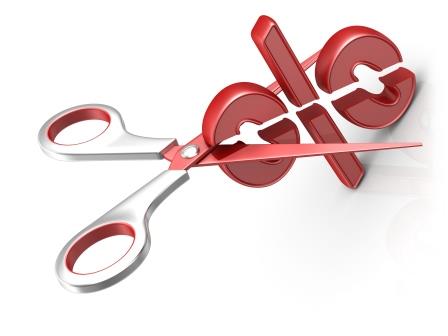
The Fed mainly considers inflation and job growth data to decide on the rate cut/hike. According to the Fed, the current state of the economy is “moderate” and the job market “strong.” In such a scenario, the rate cut by the Fed should come as a surprise, since the economy is performing well. However, the ‘global developments’ and ‘muted inflation’ as stated by the Fed paved the way for the rate cut.
The existing situation is contrary to the economic theory, which associates strong job growth with increase in the general price level. Philips curve developed by A.W Philips stated that there exists an inverse relationship between inflation rate and unemployment rate. However, such a situation is not prevailing in the US. The data on high job growth is not helping the US economy to achieve even the inflation target of 2 percent. It is a puzzle, which is difficult to solve why the high job data is not translating to a higher price level. One possible explanation could be that wage growth in the US is not sufficient enough to drive the price level in the economy. The strong job data is not getting translated to higher wage growth, which is not helping the prices to climb up. Unless the wage growth in the US economy picks up, it would be difficult for the Fed to solve this puzzle of high job growth and low inflation rate.
Now the question is whether the Fed has turned hawkish. There is great pressure on the Central Bank to cut interest rates in the background of the trade war. The US-China trade war is escalating, and the US economy is facing the consequences of the trade war. US exports are also facing retaliatory duties from China. This tit for tat strategy by both the countries has made the future bleak for business and investors in the US. In such a scenario, though the Fed Chairman has stated that the US Central bank is not beginning a rate cut cycle, it also looks like the Fed won’t take any immediate decision on rate hike.